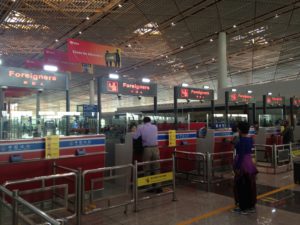A month has passed since I returned from my summer abroad in Beijing, and I’d like to share a few reflections on my time there.
Overall, I don’t regret participating in the program. I experienced Chinese culture firsthand, I enjoyed spending time with my language professors, and of course, I will miss the food. It is essential to spend time in a foreign country if you intend to master its language with some degree of proficiency. I am now taking Fourth Year Chinese as a junior, and I feel completely competent in my language abilities. I might have to return to basics for using Chinese in certain situations (like giving detailed directions, or in overly formal academic writing), but I now have the ability to discuss China’s complex economic, social, and political issues using Chinese.
Admittedly, the transition to study-abroad life was difficult. The course load was heavy, there were few opportunities for independent exploration in and around the city, and my classmates rarely coordinated plans. However, I made friends with Chinese students, waiters, shop-owners, and workers all around campus – I still communicate with some of them on WeChat (a Chinese messaging app used in place of Facebook, which is banned by the government) and through these connections, I’m able to casually and continually maintain my language skills, particularly the rapidly-growing collection of Chinese internet slang.
I feel very fortunate to have received the support of so many of my family and friends, and for the opportunity to live in China (even during the unbearably hot summer!). I will never forget my experiences at Peking University, and I feel I can speak Chinese with much greater confidence than before.
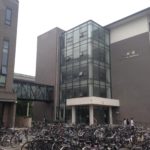
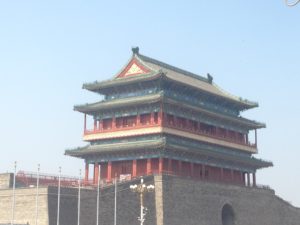
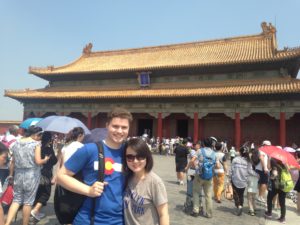
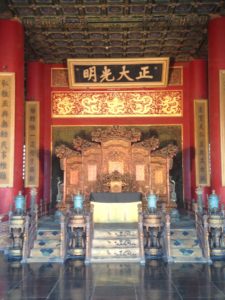
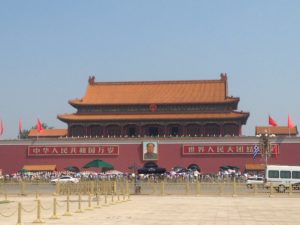
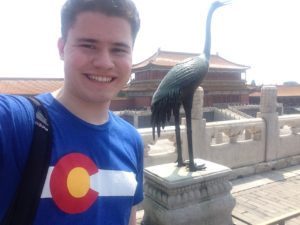
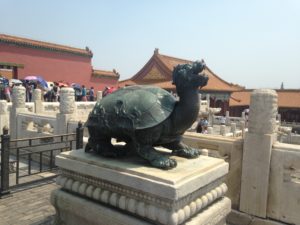
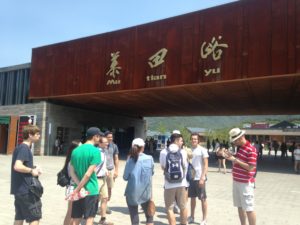
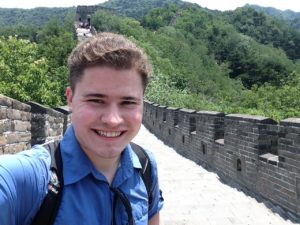
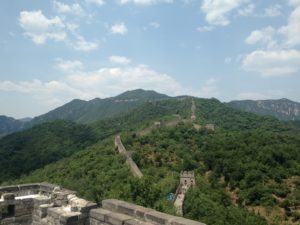
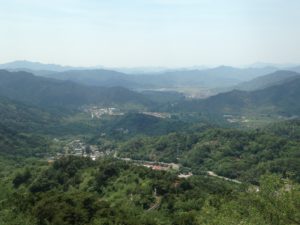
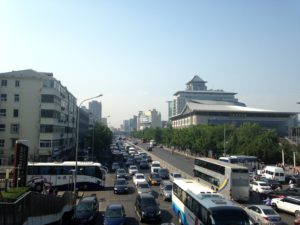

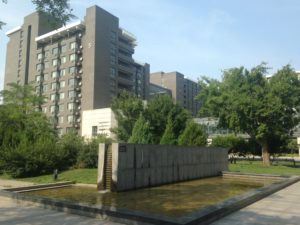
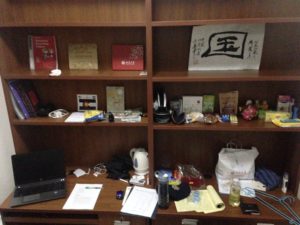
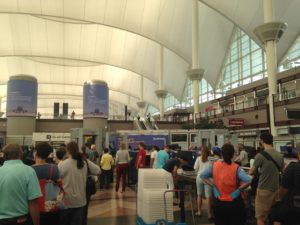
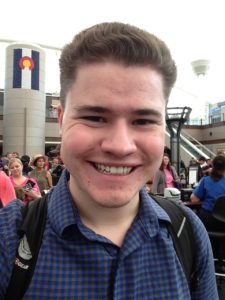 decades. As an Economics and Chinese major considering future research topics, since landing in Beijing, I’ve been considering the cultural differences between China and the West, as well as such pressing challenges as pollution, public safety, and educational and political reform, and how China and the West compare. This will be a recurring topic throughout the blog.
decades. As an Economics and Chinese major considering future research topics, since landing in Beijing, I’ve been considering the cultural differences between China and the West, as well as such pressing challenges as pollution, public safety, and educational and political reform, and how China and the West compare. This will be a recurring topic throughout the blog.